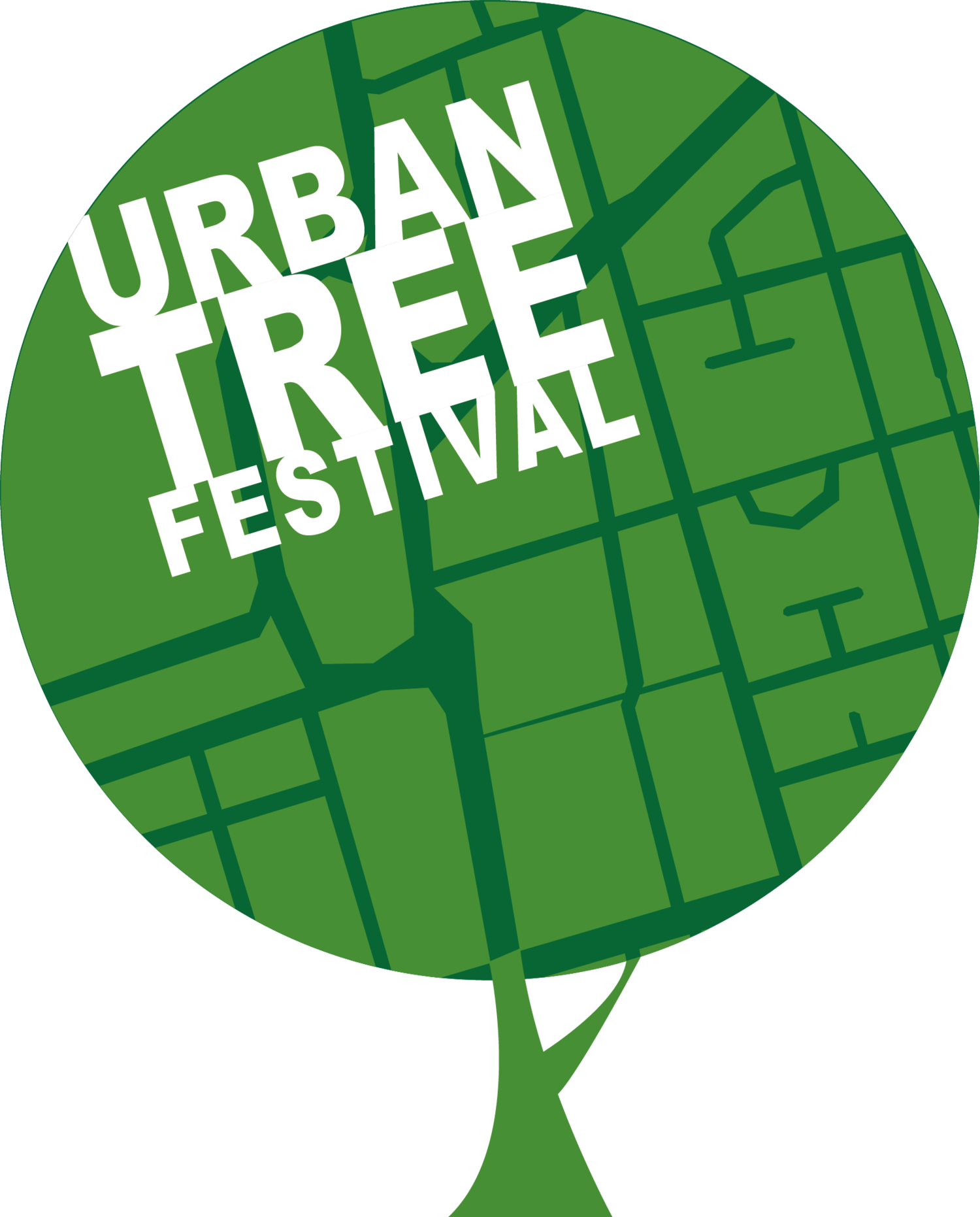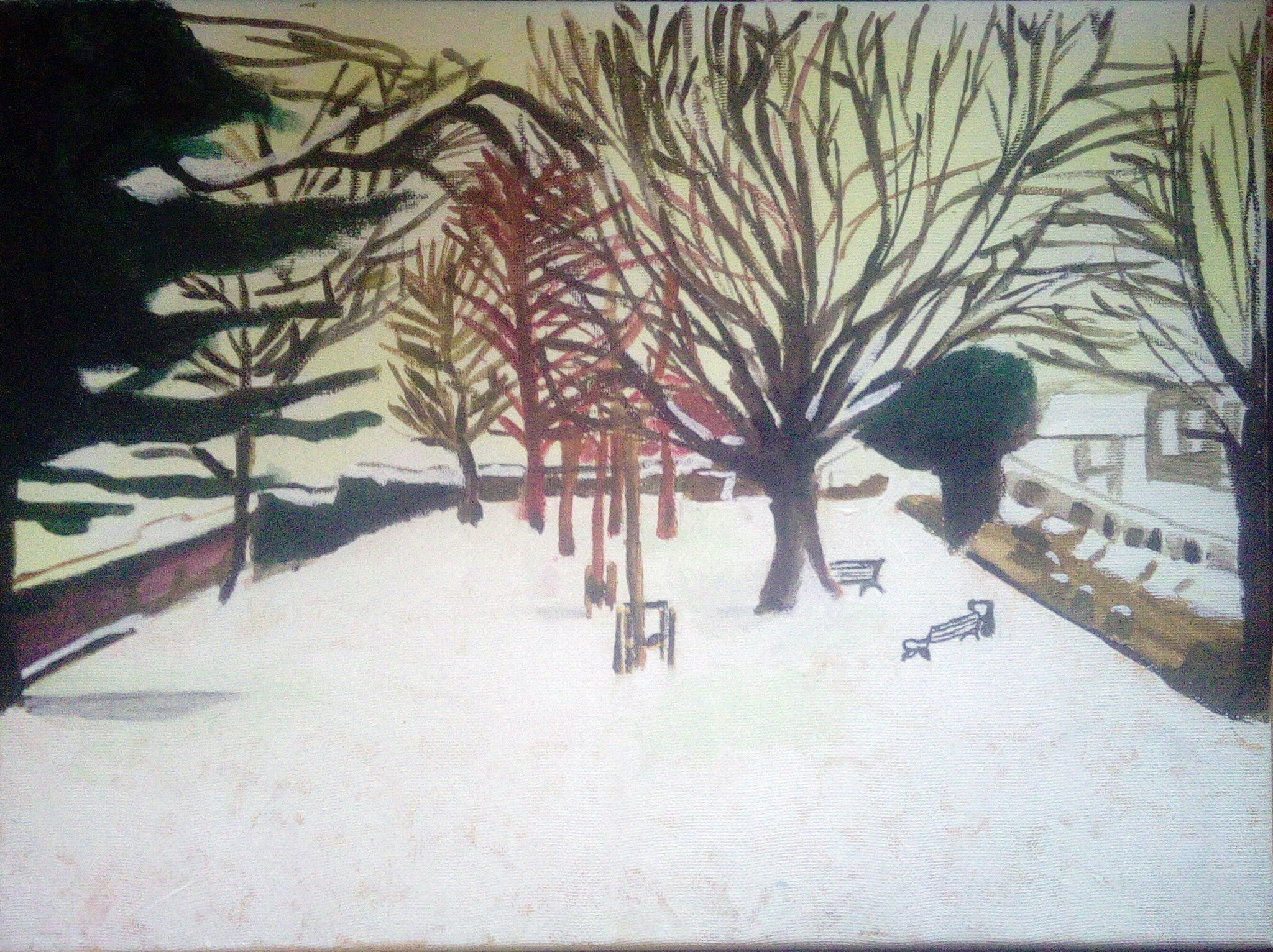Aesthetic Roots
A guest blog post by Polly Read
Does the aesthetic appreciation of trees help to protect them for generations to come? Academic, Allen Carlson affirms that environmental aesthetics, a growing sub-field of aesthetics, has cast light on the power of aesthetics to conserve nature. In the last 60 years the emerging field of environmental appreciation, although categorised by non-art subjects such as trees, in short, has derived from art models of appreciation.
Snow scene
Namely the eighteenth-century philosopher Immanuel Kant's Judgment of Taste, 19th century Picturesque movement, and Dada's 20th century chance model of found objects as art. Not only this but 'landscape', nature's representative, has blended into the foreground over the centuries to be a subject in its own right. Kenneth Clark's Landscape into Art chronicles this development. John Ruskin gives aesthetic provenance to the word 'dapple', the spots of sunlight and shade cast by trees. Furthermore, 7000 Oaks (1982) by Joseph Beuys is an example of environmental art, an evolved art form that uses the environment as its medium.
Wellbeing
Like many a beautiful painting, a tree, again although non-art, has a model of appreciation akin to that of art and that we see in the homages of blog posts of The Urban Tree festival. Carlson critically analyses that to appreciate nature one must have an understanding of the science, folklore, and ecology of nature. Moreover, when a tree is found to be aesthetically beautiful and appreciated, it would surely be less likely to be demolished?



